Trier - Along the Moselle to the Alte Moselkrahnen
- Written by Portal Editor
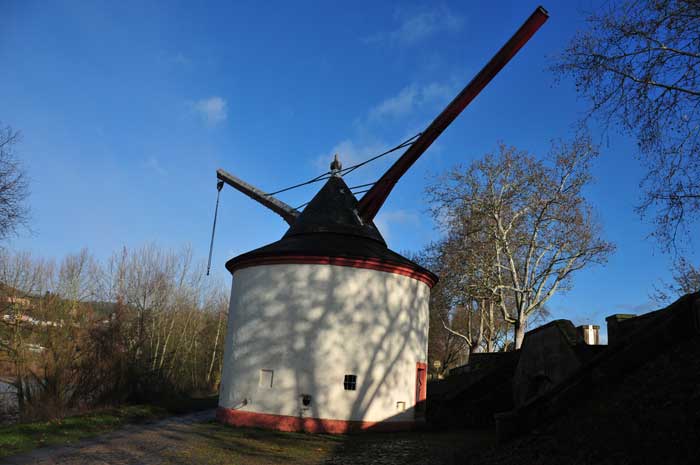
Once again in Trier, the sun lured us for a walk along the Mosel, where we came across the ancient Moselkran, which is written in the old way spelling with “h” and is locally called Alte Krahnen.
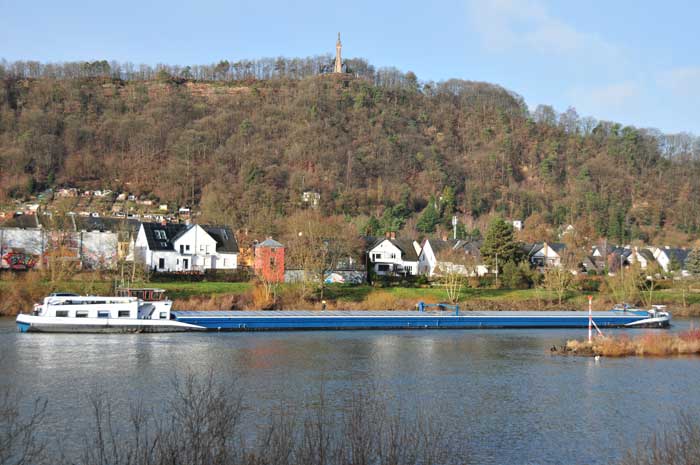
The white building, visible from afar, is a medieval harbor crane on the bank of the Moselle, now called Krahnenufer, which dates back to 1413 and underscores Trier's importance as a trading center.
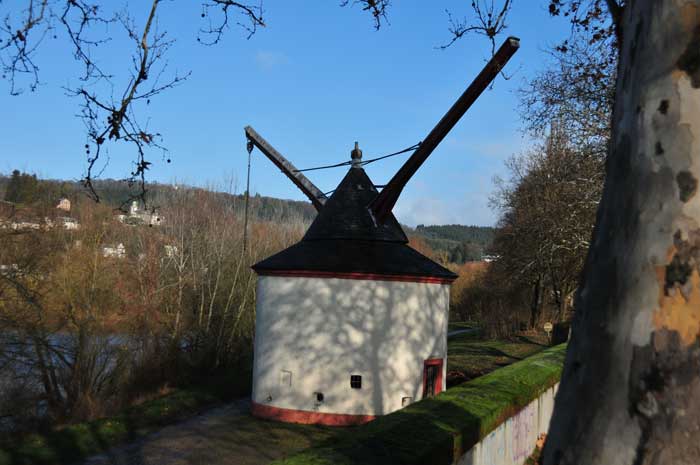
In terms of construction, the crane is a tower crane with two huge wooden wheels, whose diameter is 4.16 m and whose drive was operated by two so-called "winch men".
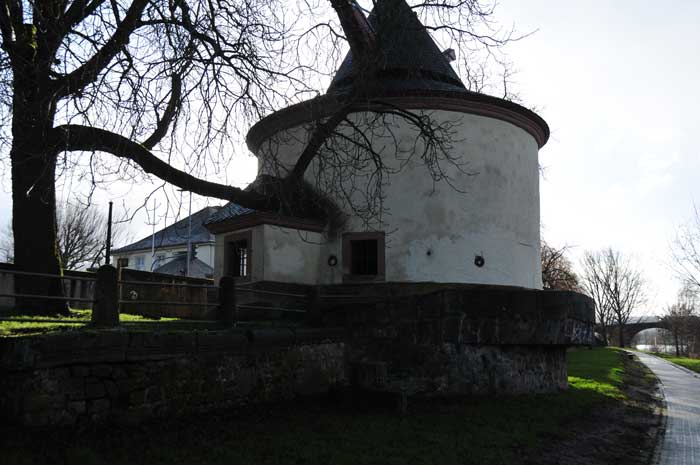
Initially equipped with a boom arm, a second boom was added in 1778 as a balance element.
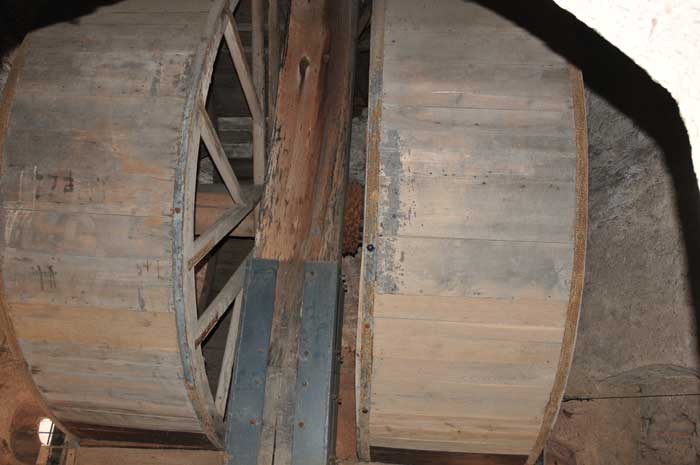
The rotatable conical roof has a vertical wooden axis ("Kaiserbaum", 12 m) on iron cones and chain drum with chain and simple pulley.
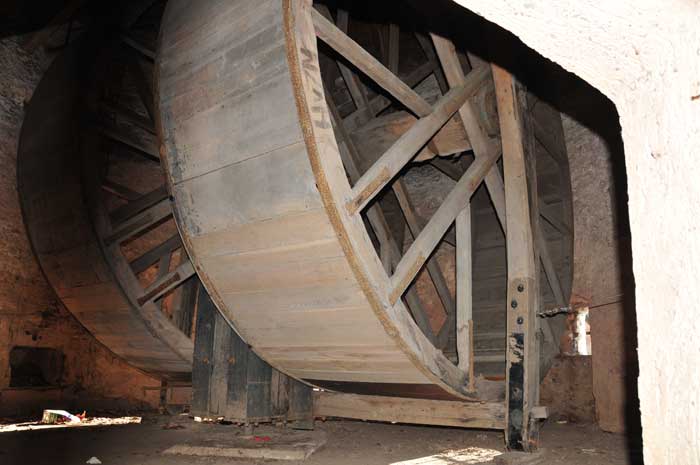
Its load capacity is estimated at one to two tons. Although the crane is more than a hundred years older, it resembles the parallels to the eponymous "Old Krahnen" of Andernach, a late-Gothic style Rhine crane also made of stone.
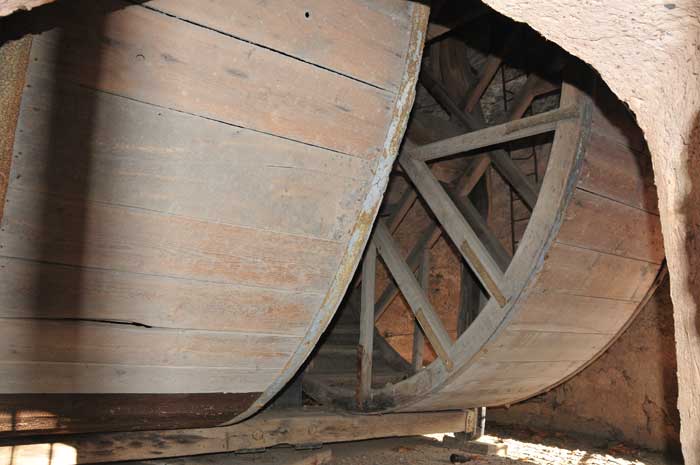
The oak "gear" of the Kranhaus was dendrochronologically dated to 1778 and 1863.
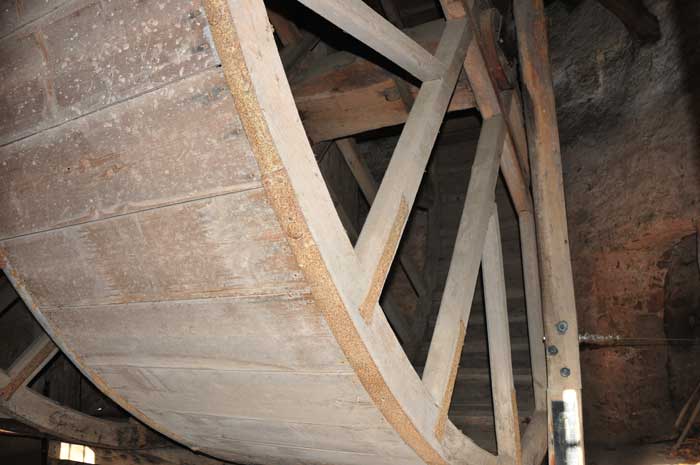
The Old Krahnen is both a cultural-historical, industrial and economic landmark of the city of Trier.

With the Danziger crane from the 14th century (first cantor of 1367), the "Old Krahnen" Trier belongs to the oldest lifting facilities of this kind in the former German-speaking area, of which just on the Rhine and its tributaries have been built more than 30 samples in the 16th century.

Please read as well:
Imposing Roman Bridge crossing the Moselle in Trier
Along Moselle River - paradise for campers, cyclists and hikers